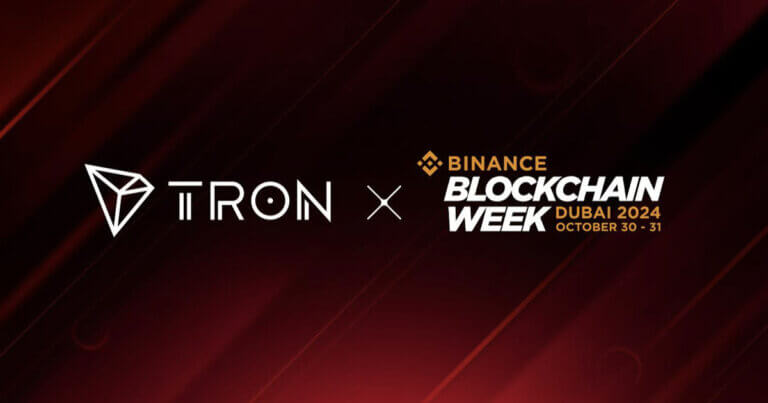As the cryptocurrency landscape evolves, with platforms like FTX leading the charge, questions arise about Bitcoin’s original vision. Is the essence of decentralization being overshadowed by modern innovations? In the aftermath of market shake-ups like the FTX saga, Altrix Prime stands out by offering a platform that sticks closer to the decentralized ethos Bitcoin was built upon, empowering users with automated trading strategies.
FTX Exchange: A Game Changer in the Crypto Space
FTX Exchange, since its inception, has swiftly risen to prominence in the realm of cryptocurrency exchanges. Its rapid growth and consistent innovation set it apart from many of its contemporaries. Beyond just offering a platform for buying and selling digital assets, FTX has introduced features and services that respond to the evolving demands of the crypto market.
One of the hallmarks of FTX is its wide array of offered products. While most exchanges limit themselves to a standard roster of cryptocurrency spot markets, FTX broadens its scope by introducing derivatives, prediction markets, and even tokenized stocks. This breadth of products makes it a versatile platform catering to both novice traders and seasoned professionals.
Another distinguishing feature of FTX is its commitment to safety and robust risk management protocols. By implementing a tiered liquidation model and an insurance fund, the platform significantly reduces the chances of clawbacks. In an industry where security breaches and system overloads are all too common, FTX’s emphasis on reliability sets a benchmark.
Furthermore, FTX’s approach to innovation goes beyond just products. The exchange has actively engaged in partnerships and collaborations with a diverse range of sectors, from esports organizations to mainstream financial institutions. This not only expands its reach but also demonstrates a vision to integrate cryptocurrency more holistically into various facets of modern life.
FTX’s Role in Potentially Altering Bitcoin’s Vision
FTX’s emergence in the cryptocurrency landscape hasn’t just impacted trading dynamics; it’s also prompted discussions about how Bitcoin’s original vision aligns with modern market realities. Bitcoin, introduced as a decentralized, peer-to-peer form of electronic cash, emphasized sovereignty from traditional financial structures. Yet, as FTX integrates more closely with mainstream financial systems, there are concerns about whether this philosophy is being diluted.
One notable way FTX has integrated with the conventional financial framework is through its collaborations with major players outside the crypto world. By forming alliances with leading financial institutions, payment processors, and even sports organizations, FTX has elevated the profile of cryptocurrency. However, such integration also brings with it the risk of Bitcoin being seen less as a decentralized alternative and more as a tradable asset within the existing system.
Tokenization is another avenue through which FTX might be influencing Bitcoin’s trajectory. By offering tokenized versions of stocks, commodities, and other assets, FTX provides users with unprecedented access to global markets. While this democratizes finance in many ways, it also poses questions. Is Bitcoin’s essence as a standalone, decentralized currency being overshadowed by its new role in tokenized representations of other assets?
Moreover, the rise of derivatives trading on platforms like FTX can also be seen as a departure from Bitcoin’s primary use case. While derivatives offer sophisticated financial instruments for traders, they also introduce layers of complexity that might seem at odds with Bitcoin’s original straightforward vision of peer-to-peer transactions.
Arguments Supporting the Preservation of Bitcoin’s Original Vision
The growing intertwining of Bitcoin with contemporary financial platforms, like FTX, has ignited passionate arguments about the importance of preserving Bitcoin’s original vision. At its heart, Bitcoin was conceived as a decentralized, peer-to-peer system, free from the influence and oversight of centralized entities, be they governments or corporations.
The crux of the argument for preservation lies in the very reason Bitcoin was created: to offer an alternative to traditional financial systems fraught with inefficiencies, centralized control, and exclusionary practices. Advocates assert that Bitcoin’s decentralized nature isn’t merely a technical feature but a fundamental principle. This decentralization ensures that no single entity can control or unduly influence the network, thereby offering a form of ‘censorship-resistant’ money.
Another compelling point revolves around the transformative potential of Bitcoin in promoting financial inclusion. By design, Bitcoin doesn’t require intermediaries. This inherent property can be particularly transformative in regions where significant portions of the population are unbanked or underbanked, providing them direct access to a global financial system without the need for banks or traditional financial institutions.
Furthermore, the open-source nature of Bitcoin’s development is also touted as a pillar in its original vision. By being open-source, Bitcoin encourages a community-driven approach to its evolution. Decisions about changes to the protocol are made collectively, based on consensus, ensuring that Bitcoin remains by the people, for the people.
Conclusion
While advancements like those introduced by FTX enrich the crypto domain, the debate about staying true to Bitcoin’s foundational principles persists. Balancing innovation with preservation remains a pivotal challenge.




